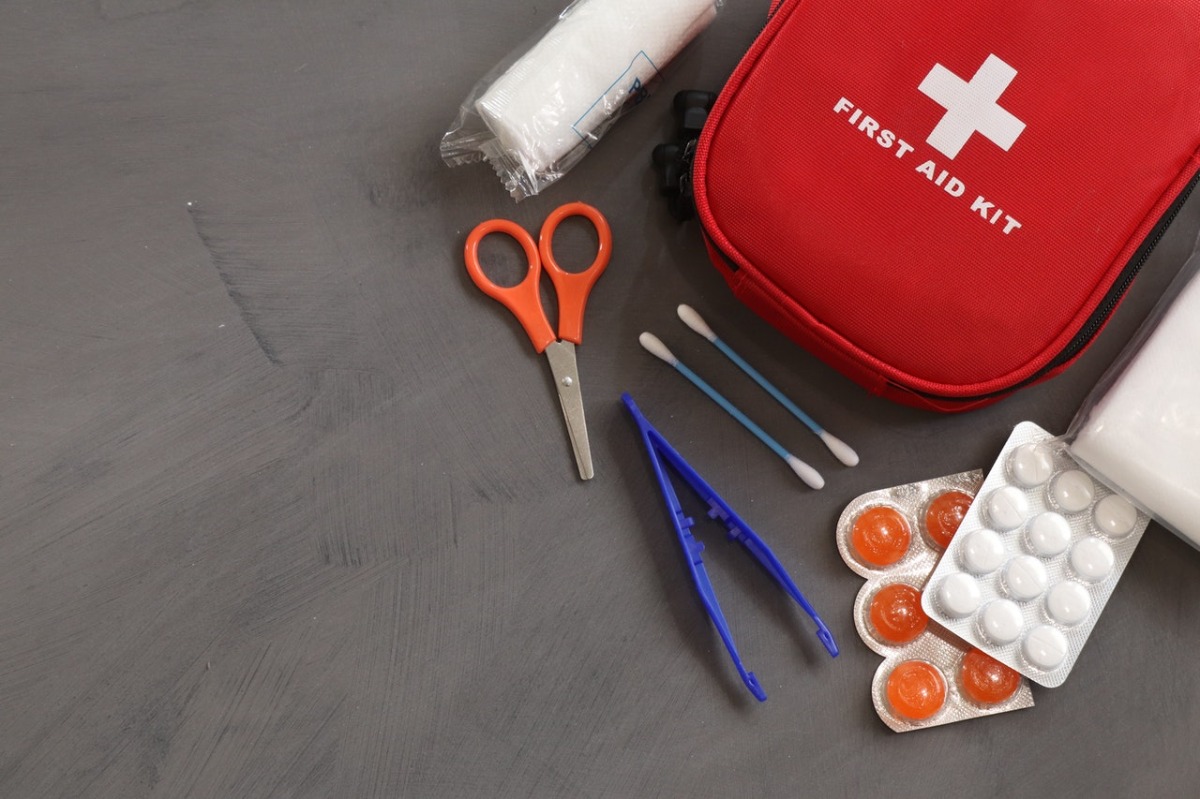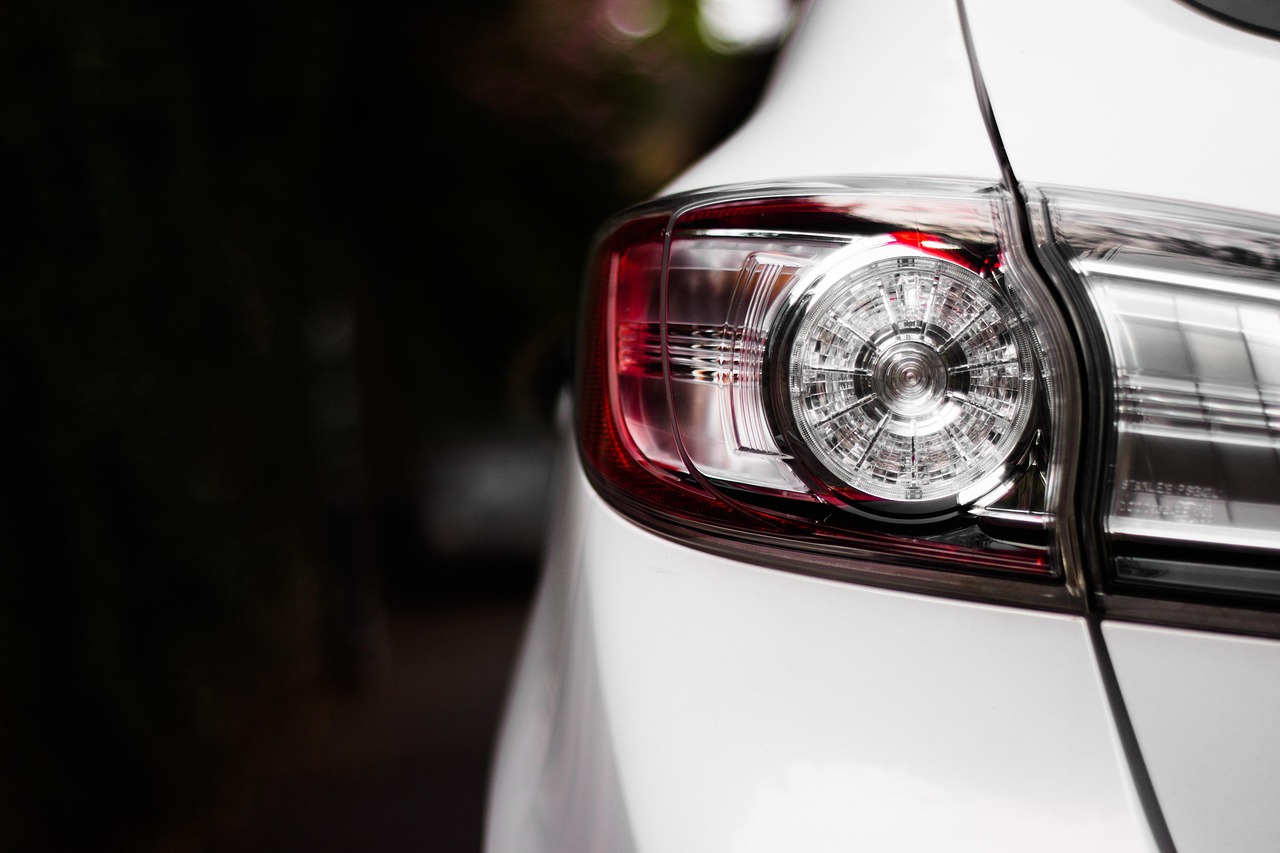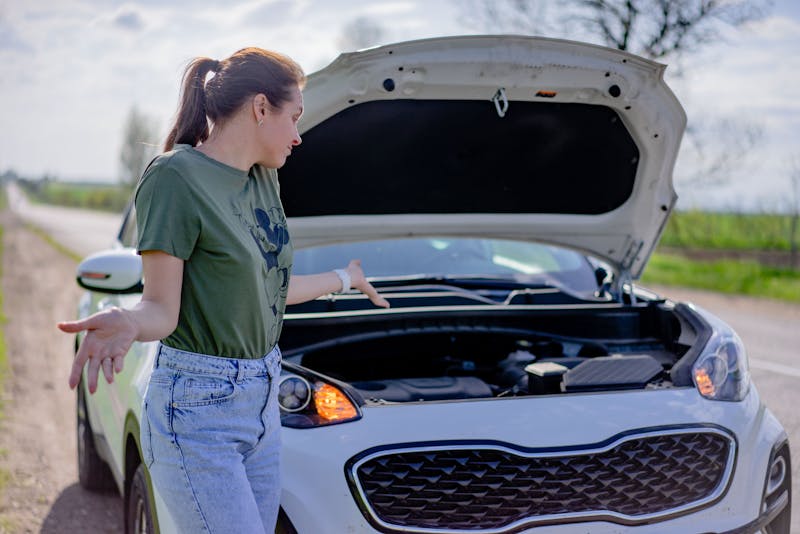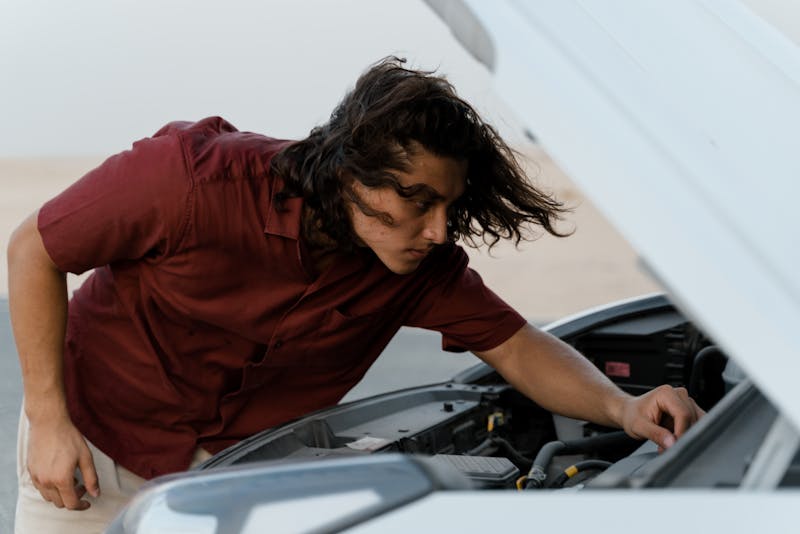If your car is heading out on one of those great country road trips, you’ll need to prepare it just as much as you plan your stops on the trip. Think of your car as your ultimate companion on the trip. Whether you’re traveling alone or with a group, your car will be one of the things that you can control.
Here’s a run-through of how to prepare your car for your upcoming road trip.
1. Get rid of what is unnecessary
You wouldn’t want to travel with any extra baggage. Aside from making your car look untidy, you’ll waste gas if you’re carrying lots of trash or items that you won’t actually need for your trip. The more weight your car is carrying, the more gas it will use to move the car forward. It doesn’t sound like much, but given that you’ll be on the road for hours on end, it will definitely add up.
Furthermore, if anyone is coming with you on the trip, a clean car might also help keep them comfortable. According to a psychologist, a decluttered environment can help reduce stress. It can also give them some space for the things they’d like to bring on the trip. Similarly, if you need to pick up stuff along the way, getting rid of what you don’t need will free up space in your car.
2. Bring the car to a mechanic
It’s a fact: all cars will need to go through routine checks every other month. No matter which car you’re planning to travel with, it would be best practice to check with a mechanic. For example, bringing a cross-country trip car, like a Subaru, for its routine maintenance will do more than keep your tires in good shape.
A mechanic can give your car a clean bill of health that will act as a go signal for your trip. It will help reduce the chances of your car breaking down along the way and reduce repair costs later on, even after your trip. Most importantly, getting the car checked with a mechanic will ensure a safe cross-country road trip ahead for you and your passengers.

3. Pack an emergency kit
You never know what might happen to you or your passengers along the way. Being ready to provide first aid or having a first aid kit in your car at the very least will keep everyone on the trip safer just in case someone gets hurt and you’re far away from a hospital.
Another kind of emergency kit that will be helpful to have on hand is a kit with spare tires, water, jumper cables, flashlights, a jack, and a set of tools. The National Safety Council has some advice on other items you need to include in a vehicle emergency kit.
It will be equally important to learn how to use your emergency kit. Make sure you have a set of directions on hand on how to do quick repairs to your car on the road or that you ask someone (maybe your mechanic) to give you a quick lesson.
4. Prepare the documents you’ll need on the road.
Car registration, driver’s license, and automobile insurance are the three documents you’ll need wherever you go with your car. Some states require you to travel with automobile insurance, so make sure to double-check your insurance coverage before you travel. If you don’t have travel insurance, it will save you money, in the long run, to shell out a few dollars early on.
5. Set your GPS
In the instance that you’re not sure about where you’re traveling to, you should probably have a GPS set up for your car. You don’t need to spend a lot of money on a completely separate GPS device. Nowadays, you can use the Google maps app on your phone to guide you wherever you go. If you have another app that you prefer, feel free to use that as well. Make sure you’re using an app that you’re already comfortable with. Don’t use a brand new app that you’ve never opened up until your actual road trip.
When you’ve figured out which app you’re going to use for the trip, mark the stops on the map ahead of time. This way, you won’t need to constantly place your hand on the phone instead of your steering wheel. Again, safety first!
Planning your cross-country road trip ahead of time will make sure that you get the aforementioned things in order before you sit in the driver’s seat for the long haul. If your trip lasts for more than 16 hours, don’t forget to find a place to rest at. It will keep you and everyone else on the road safer if you’re well-rested.






